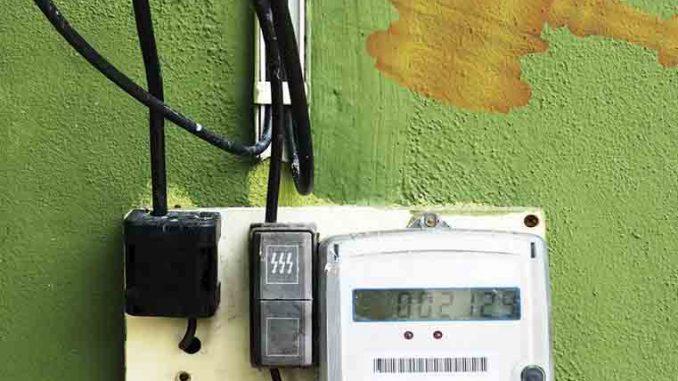
In the past decade or so, metering has witnessed the deployment of various technologies. Prior to 2006, electromechanical meters dominated the scene. The focus then shifted to automated meter reading (AMR) and then to advanced metering infrastructure. As per industry trends, there could be more innovations in store for metering with the concept of integrated meters for gas, water and electricity as well as the advent of cloud computing, coupled with internet of things.
Given the quick pace of this technology transition, it is difficult to absorb these changes in a utility’s cost from a regulator’s perspective. The smart meter ecosystem includes the associated costs for hardware, communication, data analytics, meter installation, etc. These additional costs will have to be factored in to reflect in tariffs.
Cost-benefit analysis
A key question from a regulator’s perspective to address is the aspect of cost-benefit analysis that would entail replacement of old meters. Thus, a utility needs to chalk out a plan and timeline by which it aims to recover its costs.
However, smart meters should be perceived as tools to improve the overall distribution network’s health and not just from an aggregate technical and commercial loss reduction viewpoint. With smart meters, utilities can achieve a minimum lifeline supply. With considerable amount of spare generation capacity available, loads can be shifted from non-peak to peak hours. Also, at a local level, issues like line or generator tripping still exist. Smart meters can help adhere to minimum consumption by segregating loads into essential and non-essential ones. Essential loads can then be fed in times of mishaps like tripping.
Also, smart meters can help in making the supply smarter. With smart meters installed at distribution transformers and feeders, we can get information on which of these equipment is getting overloaded on a real-time basis. Loads can then be transferred for appropriate action.
Challenges
While smart meters offer several benefits, there are a number of challenges in their roll-out, that need to be addressed. Smart meters will help generate a lot of data. In such a situation, utilities must be well prepared to analyse such data. They will require utilities to develop and build in logic to derive viable insights from that data. Another challenge is with respect to the manpower and domain expertise in information technology-operational technology and communication technologies. Hence, the pool of talent needs to be augmented with knowledge about operations, management and uses of smart meters required to seep down to the utility staff and not just the top management.
Moreover, with household data becoming easily monitored, there is a high probability of misuse. Hence, data encryption must be strong enough to disallow any hacking. Also, smart meters will need to be programmed to incorporate rebates or subsidy provisions. For instance, in Punjab, a rebate is given over and above the tariff when the industrial consumer’s consumption level crosses past year’s consumption. Similarly, time-of-day rebates need to be programmed in a smart metering system. Installation of smart meters for agricultural consumers also comes with an element of cross-subsidy, along with some subsidy from the government. Further, in some instances, utilities may need to return meter security deposits. These issues also need to be looked at in the smart meter ecosystem as this finally has an impact on the revenue collection of the utility.
Another challenge is with regard to the resistance from certain consumer segments. For instance, in Punjab, 4 million out of 9 million are agricultural consumers, who receive free electricity and are, hence, left unmetered. Farmers often resist being metered despite being promised free electricity due to the fear of being charged for their consumption at some point. Industrial and commercial consumers have AMR, while the rest have electronic meters. About 250,000 meters are still electromechanical in the state. The state is, however, working towards replacing these meters under the government’s DDUGJY and IPDS schemes.
Conclusion
Regulatory issues of absorbing the cost can be mitigated by large-scale deployment of smart meters by discoms, as it will help reduce the per unit cost of installing smart meters. However, utilities often face the lack of funds, and the onus falls on regulators to pass on the cost to consumers in the form of higher tariffs. The absence or lack of sufficient grants from the state government can impede a regulator’s ability to disburse money to consumers. Thus, a regulator has to balance all the stakeholders’ interests, not just the utility but also the consumers who will ultimately bear these costs.
Based on remarks by Anjuli Chandra, Member, PSERC, at a recent Power Line conference
